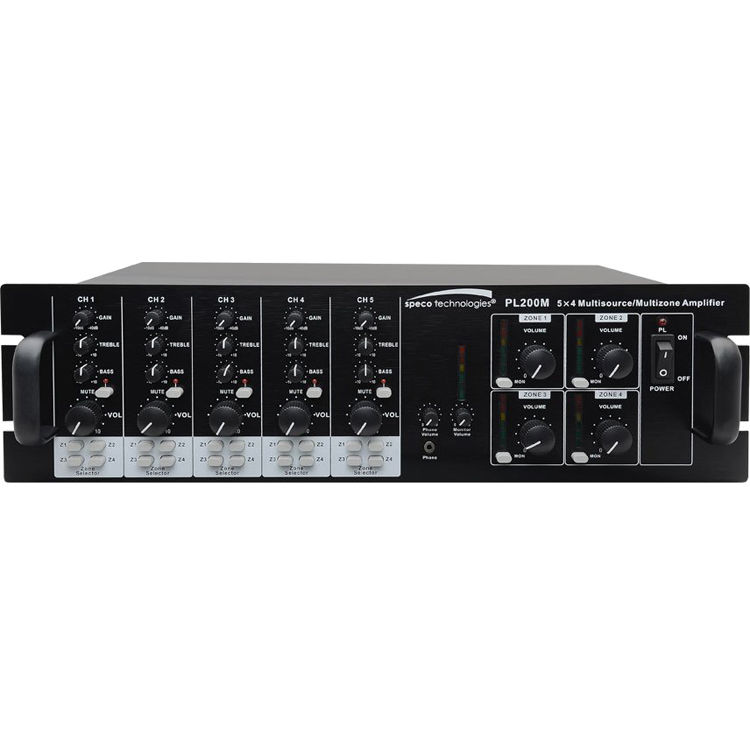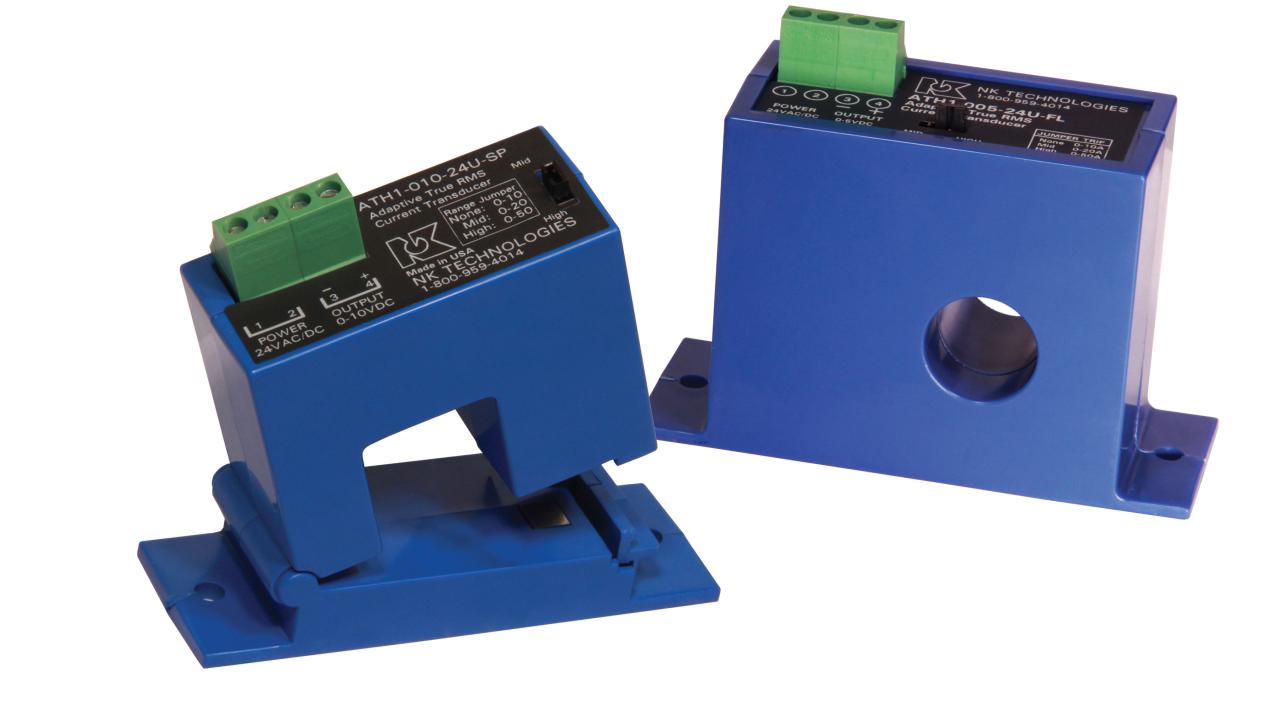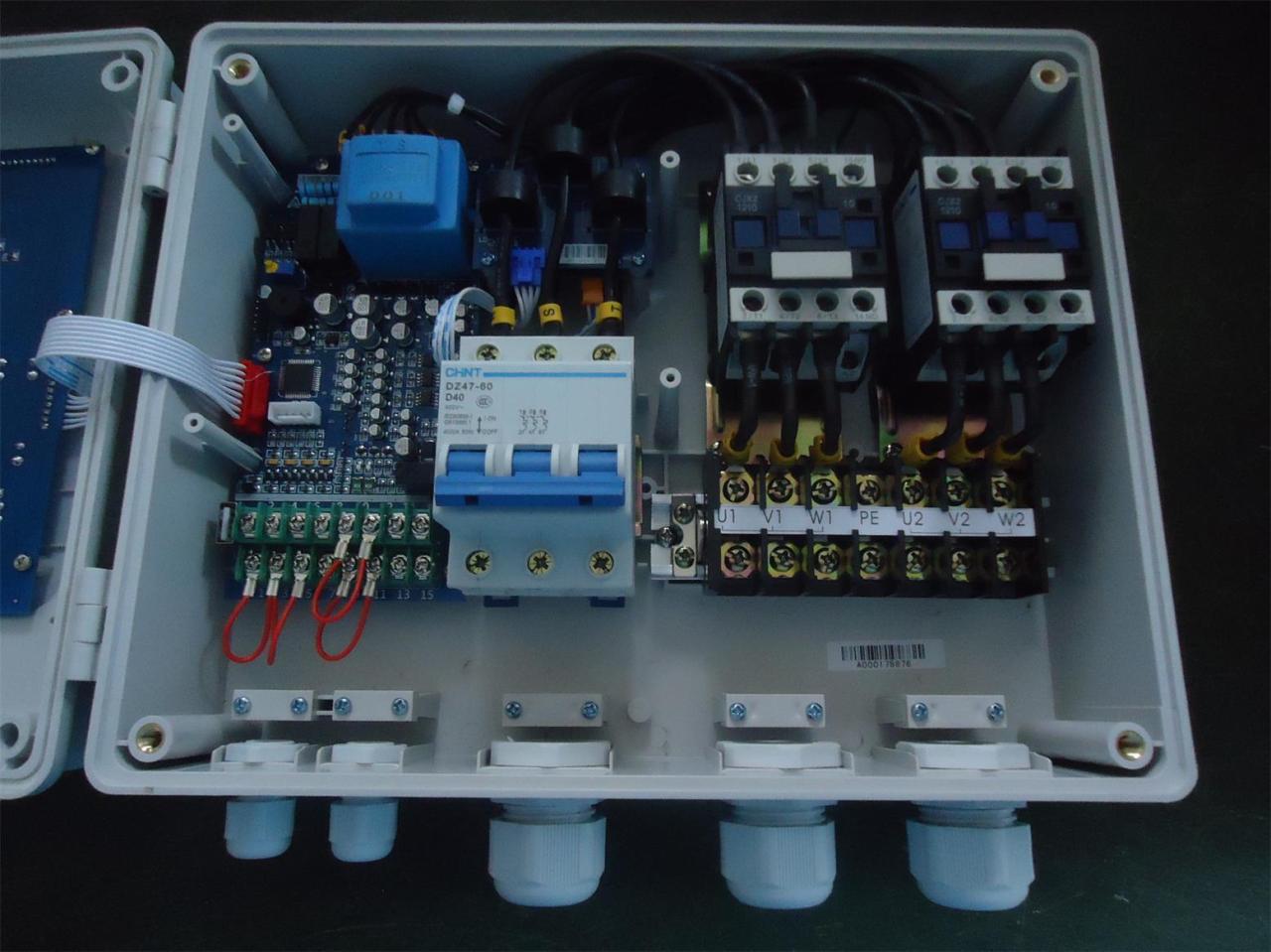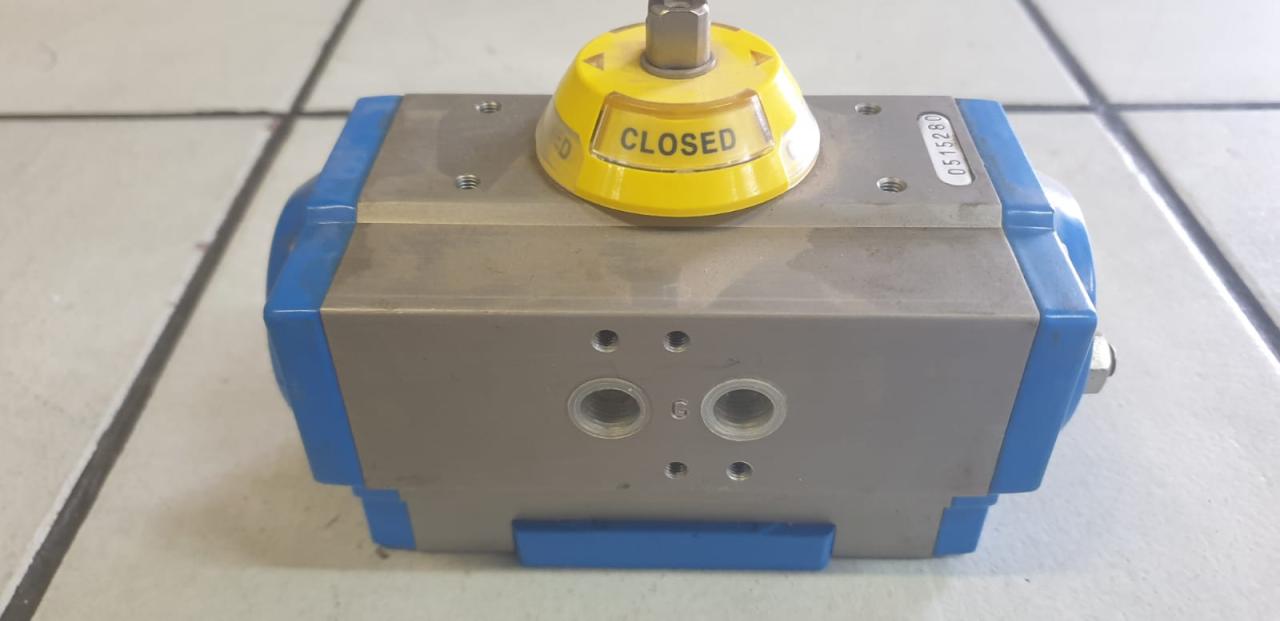Material Handling Technologies: Optimizing Efficiency and Productivity
Material handling technologies are the backbone of modern industries, playing a pivotal role in streamlining operations and boosting efficiency. From humble beginnings, material handling has evolved into a sophisticated field, […]
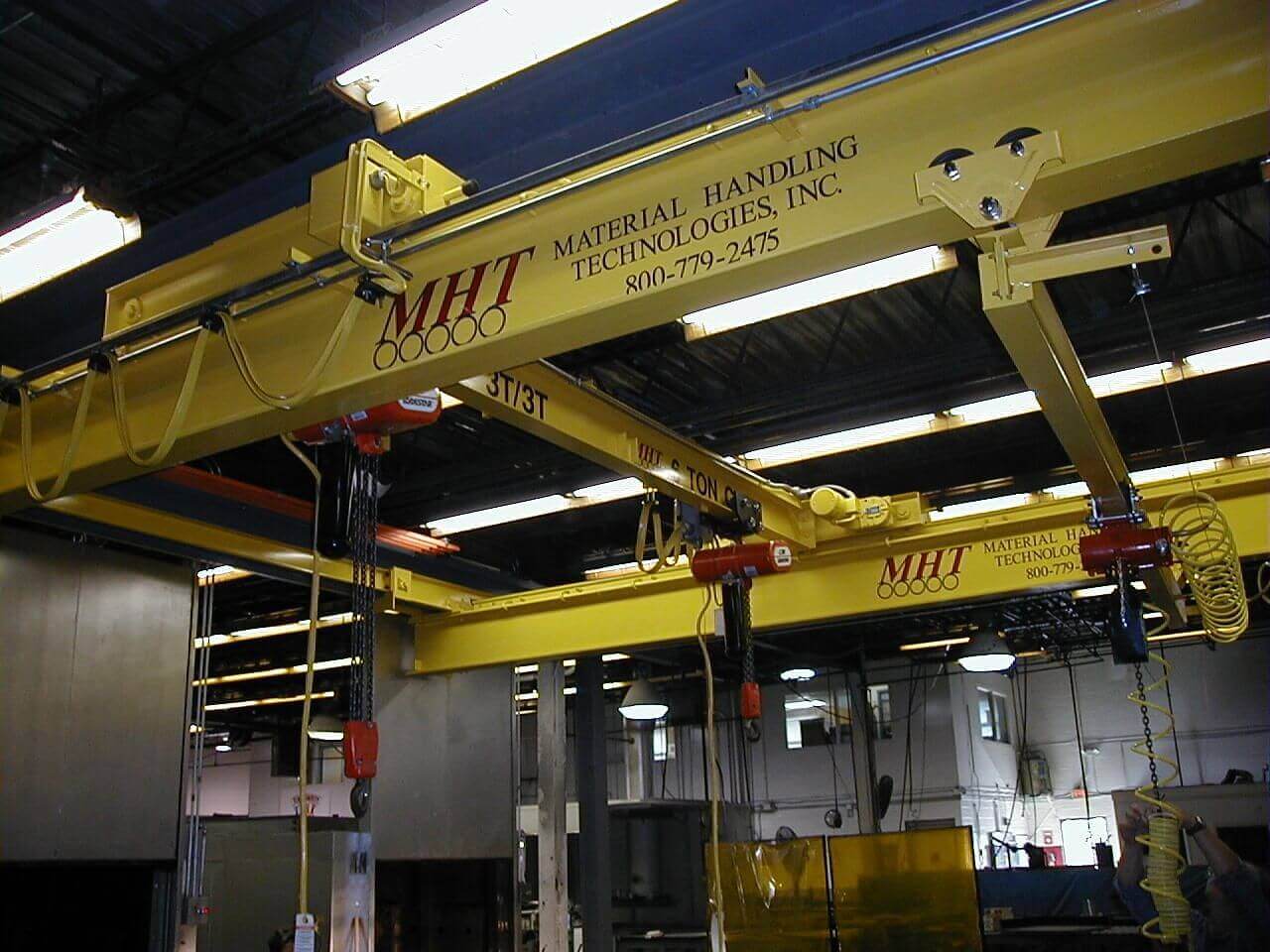
Material handling technologies are the backbone of modern industries, playing a pivotal role in streamlining operations and boosting efficiency. From humble beginnings, material handling has evolved into a sophisticated field, encompassing a wide array of equipment and systems designed to move, store, and manage materials throughout the supply chain. This evolution has been driven by a relentless pursuit of cost reduction, increased productivity, and enhanced safety. Today, material handling technologies are not just about moving goods; they are about optimizing entire processes, driving innovation, and shaping the future of manufacturing, warehousing, and logistics.
The impact of material handling technologies is far-reaching, extending beyond the factory floor to encompass diverse sectors such as retail, healthcare, and e-commerce. The adoption of advanced solutions, such as automated guided vehicles (AGVs), robotic arms, and automated storage and retrieval systems (AS/RS), has revolutionized the way materials are handled, enabling businesses to operate more efficiently, respond faster to market demands, and achieve greater profitability. This shift towards automation has also ushered in a new era of workplace safety, reducing the risk of manual handling injuries and creating a safer environment for workers.
Introduction to Material Handling Technologies

Material handling technologies encompass the methods and equipment used to move, store, and control materials within a facility or throughout a supply chain. It plays a crucial role in various industries, from manufacturing and warehousing to transportation and logistics, enabling efficient operations and optimizing resource utilization.
Material handling technologies have evolved significantly over time, driven by advancements in automation, robotics, and software. Early methods involved manual labor and simple tools like hand trucks and forklifts. Over the years, innovations like conveyor systems, automated guided vehicles (AGVs), and warehouse management systems (WMS) have transformed the industry, enhancing productivity, safety, and accuracy.
Importance of Material Handling Technologies
Material handling technologies are essential for businesses across diverse sectors, offering several key benefits:
- Increased Efficiency and Productivity: Automated systems like conveyors and AGVs streamline material movement, reducing manual labor and improving throughput. This allows for faster processing times, increased production output, and enhanced operational efficiency.
- Reduced Costs: Implementing advanced material handling solutions can significantly lower operational costs. Automation minimizes manual labor requirements, reduces errors and rework, and optimizes space utilization, resulting in cost savings in labor, inventory, and transportation.
- Improved Safety: By automating tasks that involve heavy lifting, repetitive motions, or hazardous environments, material handling technologies enhance workplace safety. Automated systems minimize the risk of injuries and accidents, creating a safer working environment for employees.
- Enhanced Accuracy and Traceability: Modern material handling systems incorporate tracking and data management features, enabling accurate inventory control and real-time visibility of materials throughout the supply chain. This improves order fulfillment, reduces errors, and enhances supply chain transparency.
- Greater Flexibility and Scalability: Advanced material handling solutions offer flexibility and scalability to adapt to changing business needs. Automated systems can be easily reconfigured or expanded to accommodate increased production volumes or evolving product lines.
Evolution of Material Handling Technologies
The history of material handling technologies is a testament to human ingenuity and the pursuit of efficiency. From the early days of manual labor to the emergence of sophisticated automated systems, the industry has undergone significant transformations.
- Early Methods: Prior to the Industrial Revolution, material handling relied heavily on manual labor. Workers used simple tools like hand trucks, wheelbarrows, and ropes to move materials. This approach was labor-intensive, slow, and prone to errors.
- Industrial Revolution: The Industrial Revolution marked a turning point with the introduction of powered machinery. Steam engines and later electric motors fueled the development of cranes, conveyors, and forklifts, significantly improving efficiency and productivity.
- Post-World War II Era: Following World War II, advancements in electronics and computing led to the development of automated guided vehicles (AGVs) and warehouse management systems (WMS). These technologies introduced automation and data management capabilities, further revolutionizing material handling.
- Modern Era: In recent years, the emergence of robotics, artificial intelligence (AI), and the Internet of Things (IoT) has ushered in a new era of advanced material handling solutions. Collaborative robots (cobots), autonomous mobile robots (AMRs), and cloud-based WMS are transforming the industry, enabling greater automation, intelligence, and connectivity.
Case Studies and Best Practices
Real-world examples and best practices provide valuable insights into the successful implementation of material handling technologies. This section will explore several case studies across various industries, highlighting the key factors that contributed to their success. Additionally, it will delve into best practices for optimizing material handling processes and minimizing costs.
Successful Material Handling Implementations
The success of material handling implementations depends on several factors, including careful planning, proper technology selection, and effective implementation strategies. Here are some examples of successful material handling implementations across different industries:
- Amazon’s Automated Warehouses: Amazon has revolutionized e-commerce fulfillment with its highly automated warehouses. These facilities utilize advanced robotics, conveyor systems, and automated storage and retrieval systems (AS/RS) to streamline order picking, packing, and shipping processes. The implementation of these technologies has resulted in significant improvements in efficiency, speed, and accuracy, enabling Amazon to fulfill millions of orders daily.
- Toyota’s Lean Manufacturing: Toyota’s lean manufacturing system emphasizes waste reduction and continuous improvement. The company’s material handling practices are integral to this philosophy. Toyota utilizes standardized work processes, visual management tools, and just-in-time (JIT) inventory management to ensure smooth material flow and minimize waste. This approach has resulted in increased productivity, reduced costs, and improved product quality.
- Walmart’s Supply Chain Optimization: Walmart’s supply chain is one of the largest and most complex in the world. The company has implemented various material handling technologies, such as RFID tracking, warehouse management systems (WMS), and transportation management systems (TMS), to optimize its supply chain operations. These technologies have enabled Walmart to track inventory levels, optimize delivery routes, and reduce transportation costs.
Key Factors Contributing to Success
Several key factors contribute to the success of material handling implementations:
- Clear Objectives and Goals: Defining clear objectives and goals for the implementation is crucial. This includes identifying the specific problems or challenges that the technology aims to address and establishing measurable performance indicators for success.
- Thorough Needs Assessment: Conducting a comprehensive needs assessment is essential to understand the specific requirements of the operation. This involves analyzing the current material handling processes, identifying bottlenecks, and evaluating the potential benefits of different technologies.
- Proper Technology Selection: Choosing the right technology is critical for success. This requires careful consideration of the specific needs of the operation, the budget, and the availability of qualified personnel to operate and maintain the technology.
- Effective Implementation Strategies: Implementing the technology effectively is essential. This involves developing a detailed implementation plan, providing adequate training for employees, and ensuring proper integration with existing systems.
- Continuous Improvement: Material handling processes should be continuously evaluated and improved. This involves monitoring performance indicators, identifying areas for optimization, and implementing changes to enhance efficiency and effectiveness.
Best Practices for Optimizing Material Handling Processes
Several best practices can help optimize material handling processes and minimize costs:
- Streamline Material Flow: Minimizing material movement and reducing unnecessary handling steps is essential. This can be achieved by optimizing layout, implementing efficient material handling equipment, and utilizing appropriate storage methods.
- Implement Lean Principles: Applying lean manufacturing principles, such as waste reduction and continuous improvement, can significantly improve material handling efficiency. This involves identifying and eliminating non-value-added activities, standardizing work processes, and implementing visual management tools.
- Utilize Technology Effectively: Implementing appropriate material handling technologies, such as conveyor systems, automated guided vehicles (AGVs), and warehouse management systems (WMS), can automate processes, improve accuracy, and enhance efficiency.
- Optimize Storage Space: Maximizing storage space utilization is crucial for reducing costs. This involves implementing efficient storage methods, such as pallet racking, carousel systems, and automated storage and retrieval systems (AS/RS).
- Focus on Ergonomics: Designing material handling processes with ergonomics in mind can improve worker safety and reduce the risk of injuries. This involves using ergonomic equipment, optimizing workspaces, and providing adequate training for employees.
- Develop a Strong Safety Culture: Implementing a strong safety culture is essential for minimizing accidents and ensuring worker well-being. This involves establishing clear safety procedures, providing regular safety training, and encouraging employees to report hazards.
Future Directions in Material Handling
The material handling industry is constantly evolving, driven by technological advancements, changing consumer demands, and the need for increased efficiency. As we look towards the future, several exciting trends and innovations are poised to reshape the landscape of material handling.
Impact of Emerging Technologies
The advent of emerging technologies like blockchain and 5G is poised to revolutionize material handling operations. Blockchain technology, with its decentralized and transparent nature, offers significant potential for enhancing supply chain visibility and security. It can be used to track materials and products throughout their journey, from origin to destination, ensuring authenticity and reducing the risk of counterfeiting or tampering. 5G, with its ultra-low latency and high bandwidth, will enable real-time data exchange and control, facilitating the deployment of autonomous vehicles and robots in material handling environments. This will enable faster and more efficient movement of goods, optimize warehouse layouts, and improve overall productivity.
Role of Automation and Robotics
Automation and robotics are already playing a significant role in material handling, and their impact is expected to grow exponentially in the years to come. The adoption of automated guided vehicles (AGVs), autonomous mobile robots (AMRs), and collaborative robots (cobots) is transforming warehouse and manufacturing operations, leading to increased efficiency, reduced labor costs, and improved safety. AGVs and AMRs can navigate complex environments autonomously, transporting materials and products with precision and speed. Cobots, designed to work alongside human workers, can handle repetitive tasks and assist with physically demanding operations, freeing up human employees for more strategic roles.
The Future of Material Handling
The future of material handling is likely to be characterized by increased automation, data-driven decision-making, and the integration of emerging technologies. As automation becomes more sophisticated, we can expect to see the emergence of new technologies like artificial intelligence (AI) and machine learning (ML) playing a crucial role in optimizing material handling operations. AI can analyze vast amounts of data to identify patterns and predict future trends, enabling proactive decision-making and resource allocation. ML can be used to train robots and AGVs to learn from experience, improving their performance and adaptability over time.
Conclusion
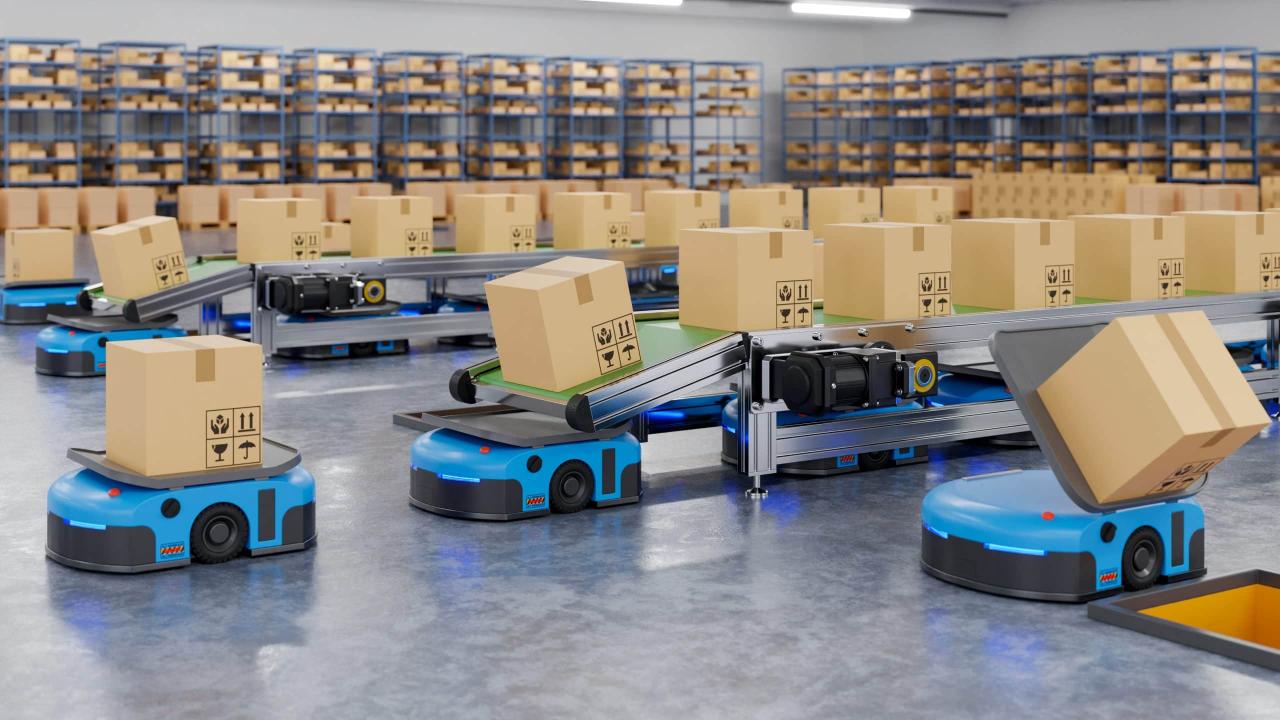
The future of material handling is brimming with exciting possibilities, fueled by the convergence of emerging technologies such as artificial intelligence (AI), the Internet of Things (IoT), and cloud computing. These advancements are poised to transform the industry, enabling greater levels of automation, real-time data analysis, and predictive maintenance. As we look ahead, material handling technologies will continue to play a vital role in shaping the future of global supply chains, driving innovation, and fostering sustainable growth across diverse industries.
Material handling technologies are constantly evolving to improve efficiency and safety in various industries. A prime example of this advancement is xmcor technology co.ltd , a company dedicated to providing innovative solutions for material handling. Their expertise in automation and robotics allows businesses to streamline their operations and optimize their workflows, contributing significantly to the advancement of material handling technologies as a whole.
